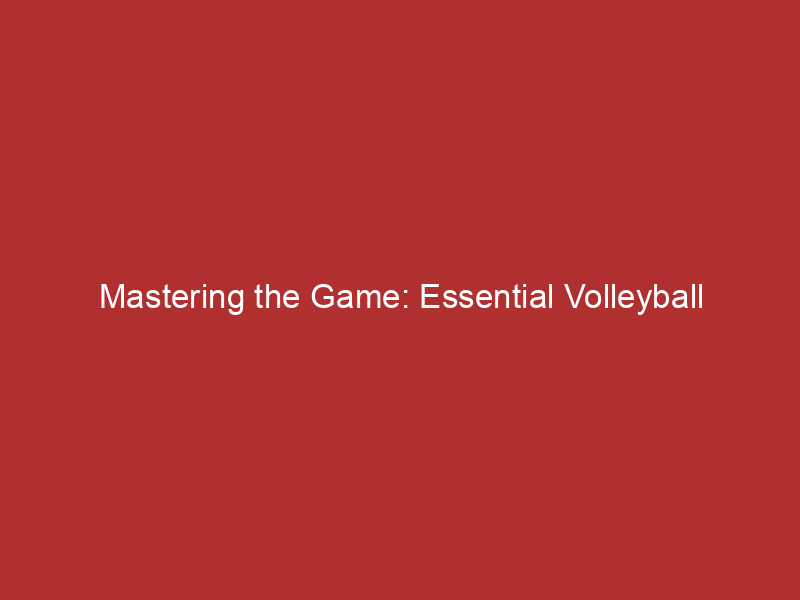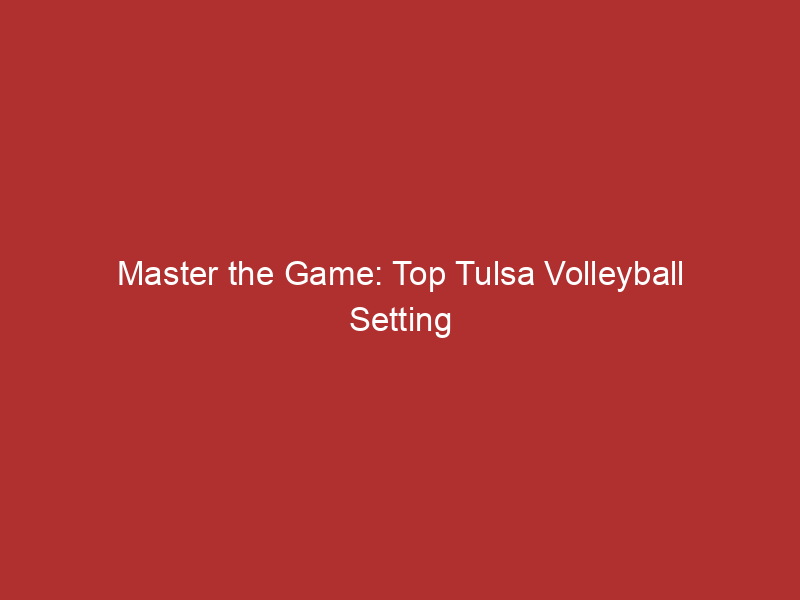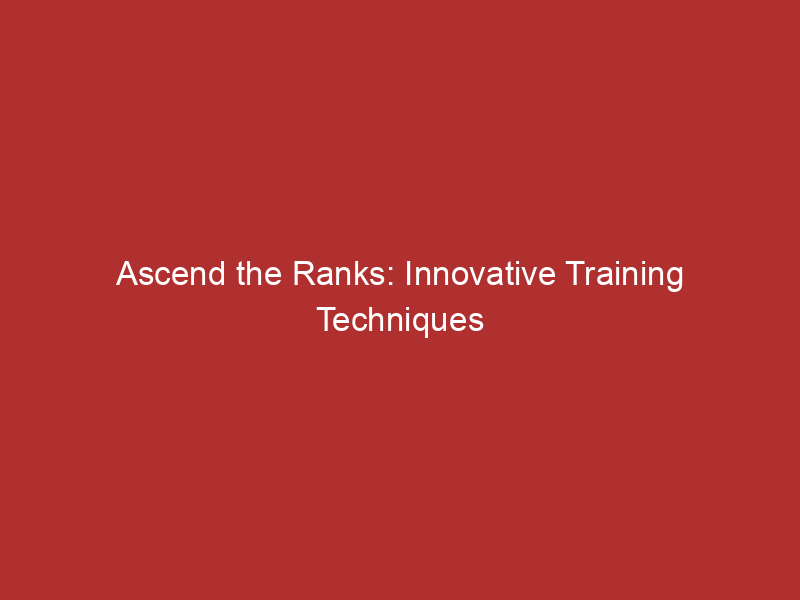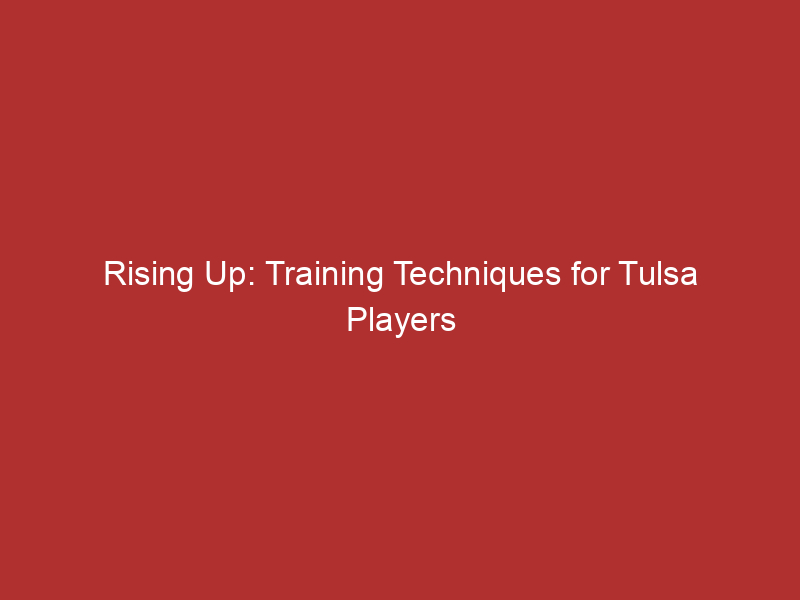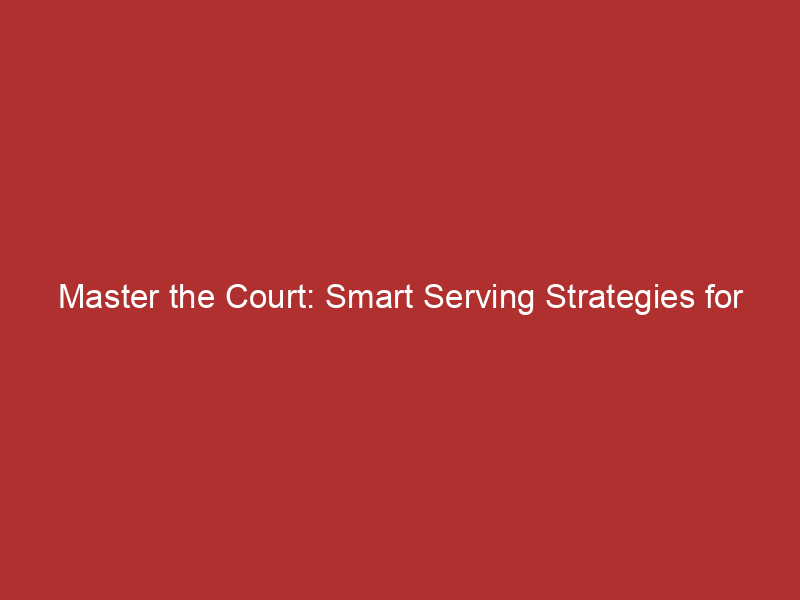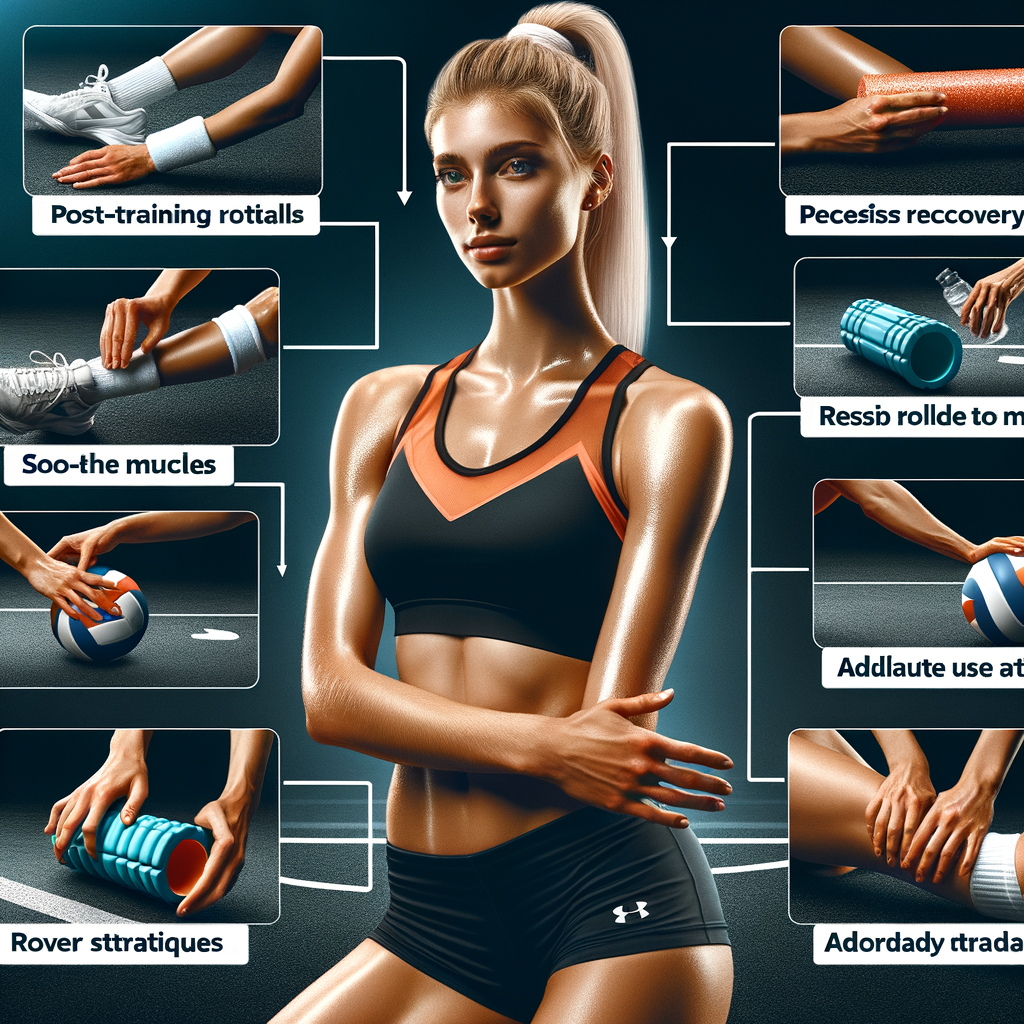
Introduction to Volleyball Recovery Techniques
Playing volleyball is not only about the game itself. It also involves the crucial process of recovery after each training session or match. This post will delve into the importance of recovery in sports, particularly in volleyball, and discuss some specific techniques that can aid in faster and more effective recovery.
- Importance of Recovery in Sports
- Specifics of Recovery in Volleyball
Recovery is a fundamental aspect of any sport. It is the time when the body repairs and strengthens itself in the time between workouts. It’s as essential as the training itself because it allows the body to adapt to the stress associated with exercise, replenishes muscle glycogen (energy stores), and provides time for the body tissue repair.
Without adequate recovery, athletes may experience overtraining syndrome, a condition characterized by a decrease in performance, increased fatigue, and a higher risk of injury. Therefore, understanding and implementing proper recovery techniques can significantly enhance an athlete’s performance and overall health.
Volleyball is a high-intensity sport that requires a blend of strength, agility, and endurance. The nature of the game puts a lot of stress on the body, particularly on the shoulders, knees, and ankles. Therefore, volleyball players need specific recovery techniques tailored to these needs.
These techniques include proper nutrition to replenish energy stores, adequate hydration to replace fluids lost during the game, stretching to reduce muscle tension, and rest to allow the body to repair and strengthen itself. Additionally, volleyball players may benefit from techniques such as ice baths, massage, and compression garments to reduce muscle soreness and speed up recovery.
In the following sections, we will delve deeper into these techniques, providing practical tips and tricks that volleyball players can incorporate into their recovery routines. Stay tuned!
Speeding Up Recovery in Volleyball: Key Techniques
Recovery is an essential part of any sport, including volleyball. It allows the body to heal and prepare for the next game or training session. Let’s explore some key physical techniques that can speed up recovery in volleyball.
Physical Recovery Techniques
Physical recovery techniques are actions you can take to help your body heal faster after a game or training. They are crucial for maintaining your performance and preventing injuries. Here are three effective techniques:
- Proper stretching and cool-down exercises
- Hydrotherapy and its benefits
- Massage and physiotherapy for volleyball players
Stretching and cool-down exercises are a must after any physical activity. They help to reduce muscle tension, increase flexibility, and decrease the risk of injuries. For example, hamstring stretches and calf stretches can prevent muscle strains, a common injury in volleyball.
Hydrotherapy involves using water to relieve discomfort and promote physical well-being. It can be particularly beneficial for volleyball players. Soaking in a warm bath or a hot tub can help to relax tight muscles and speed up recovery. Studies show that hydrotherapy can reduce muscle soreness after intense physical activity.
Massage and physiotherapy can be very beneficial for speeding up recovery. They can help to relieve muscle tension, improve circulation, and increase joint flexibility. A professional physiotherapist can provide tailored treatments based on your specific needs and conditions.
Remember, recovery is just as important as training. By incorporating these physical recovery techniques, you can ensure that your body is always ready for the next game or training session.
Nutritional Recovery Techniques
When it comes to speeding up recovery in volleyball, nutrition plays a crucial role. Let’s delve into some key nutritional techniques that can aid in faster recovery.
- Importance of Hydration
- Protein Intake for Muscle Recovery
- Carbohydrates and Their Role in Energy Replenishment
Hydration is paramount for any athlete, especially for volleyball players. Water helps regulate body temperature, lubricate joints, and transport nutrients for energy and health. Dehydration can lead to fatigue, muscle cramps, and reduced coordination, all of which can affect a player’s performance. It’s recommended to drink at least 8 glasses of water per day, and more if you’re physically active.
Protein is a vital nutrient for muscle recovery. It helps repair the muscle tissues damaged during intense physical activities like volleyball. Consuming a protein-rich meal or shake after training can speed up recovery and promote muscle growth. For example, a study found that athletes who consumed protein within two hours after exercise had a significantly faster recovery rate.
Carbohydrates are the body’s primary source of energy. They replenish the glycogen stores in your muscles that get depleted during a volleyball match or training session. Consuming carbohydrates post-workout can help restore energy levels faster, reducing fatigue and speeding up recovery. Foods like bananas, potatoes, and whole grains are excellent sources of carbohydrates.
| Nutrient | Role in Recovery | Recommended Sources |
|---|---|---|
| Water | Regulates body temperature, lubricates joints, transports nutrients | Plain water, coconut water |
| Protein | Repairs muscle tissues, promotes muscle growth | Lean meats, dairy, legumes, protein shakes |
| Carbohydrates | Replenishes energy stores, reduces fatigue | Bananas, potatoes, whole grains |
In conclusion, proper hydration, protein intake, and carbohydrate consumption are vital nutritional recovery techniques for volleyball players. By incorporating these into your diet, you can speed up recovery and enhance your performance on the court.
Recovery Rituals in Sports: A Comparative Study
Recovery rituals are an integral part of any sport, and volleyball is no exception. In this section, we will delve into the recovery rituals in volleyball and compare them with those in other sports. We will also take a closer look at the recovery rituals of professional volleyball players through a case study.
- Recovery rituals in volleyball vs. other sports
- Case study: Recovery rituals of professional volleyball players
Volleyball is a high-intensity sport that requires agility, strength, and endurance. The recovery rituals in volleyball often involve a combination of rest, nutrition, and physical therapies. These may include ice baths, massage, stretching, and a balanced diet high in protein to aid muscle recovery.
Comparatively, other sports like basketball or soccer may have similar recovery rituals. However, the specifics can vary based on the physical demands of the sport. For instance, long-distance runners might focus more on leg massages and lower body stretches, while swimmers might prioritize shoulder and back therapies.
To better understand the importance of recovery rituals in volleyball, let’s look at a case study of professional volleyball players. These athletes often have a rigorous training schedule, with multiple training sessions in a day. Their recovery rituals are therefore crucial in maintaining their performance and preventing injuries.
One common recovery ritual among professional volleyball players is the use of ice baths. These help to reduce muscle inflammation and speed up recovery. Another common ritual is the use of compression garments, which are believed to improve circulation and aid in muscle recovery. Additionally, professional volleyball players also place a high emphasis on nutrition, often working with dietitians to ensure they are fueling their bodies correctly.
In conclusion, while recovery rituals can vary between different sports, their importance remains universal. They are crucial in helping athletes maintain their performance, prevent injuries, and ensure their bodies are ready for the next training session or competition.
Techniques for Fast Recovery: Beyond the Basics
When it comes to volleyball, recovery is just as important as training. To perform at your best, it’s crucial to understand and employ advanced recovery techniques. Let’s delve into some of these methods.
Advanced Physical Recovery Techniques
Physical recovery techniques go beyond simply resting. They involve specific actions that can help speed up your body’s natural healing processes. Here are three advanced methods you should consider:
- Cryotherapy and its benefits
- Compression garments for recovery
- Active recovery: light exercises on rest days
Cryotherapy, also known as cold therapy, involves exposing the body to extremely cold temperatures for a few minutes. This technique can help reduce inflammation and pain, speed up muscle recovery, and improve overall performance. In fact, a study showed that athletes who used cryotherapy had 20% less muscle soreness than those who didn’t.
Compression garments, like socks, sleeves, and shorts, are designed to improve blood flow and speed up recovery. They work by applying pressure to your muscles, which can help reduce swelling and inflammation. Some athletes have reported feeling less muscle soreness and fatigue after wearing these garments post-workout.
Active recovery involves doing light exercises on your rest days. This can include activities like walking, cycling, or yoga. The idea is to keep your body moving without overexerting yourself. Active recovery can help increase blood flow, which aids in muscle recovery, and can also help reduce muscle stiffness and soreness.
Remember, everyone’s body is different, so what works for one person may not work for another. It’s important to try different techniques and find what works best for you. And always consult with a healthcare professional before starting any new recovery regimen.
Advanced Nutritional Recovery Techniques
As an athlete, your diet plays a crucial role in your recovery process. Here, we will delve into some advanced nutritional recovery techniques that can help you bounce back faster and stronger after an intense volleyball training session.
- Supplements for Faster Recovery
- Timing of Meals and Snacks Post-Training
- Importance of Sleep in Recovery
Supplements can provide a quick and convenient way to get the nutrients your body needs for recovery. For instance, protein supplements can help rebuild muscle tissue, while antioxidants can help reduce inflammation caused by intense physical activity. However, it’s important to remember that supplements should not replace a balanced diet but rather complement it.
The timing of your meals and snacks after training can significantly impact your recovery. Consuming a combination of protein and carbohydrates within 30 minutes to two hours after your workout can help replenish your energy stores and repair muscle tissue. For example, a post-workout snack could be a banana with a scoop of peanut butter.
Sleep is often overlooked as a recovery technique, but it’s actually one of the most effective ways to help your body recover. During sleep, your body produces growth hormones that help repair and build muscles. Therefore, getting a good night’s sleep should be a priority for every athlete. Aim for at least 7-9 hours of sleep each night.
Remember, these advanced nutritional recovery techniques are just one piece of the puzzle. Combining them with physical recovery methods and a balanced lifestyle can help you achieve optimal performance and health.
| Recovery Technique | Description |
|---|---|
| Supplements | Provide necessary nutrients for muscle repair and inflammation reduction. |
| Timing of Meals | Consuming protein and carbohydrates post-workout replenishes energy and repairs muscle. |
| Sleep | Produces growth hormones for muscle repair and building during sleep. |
Volleyball Training Recovery: Tips and Tricks
Recovering from volleyball training is just as important as the training itself. It’s the time when your body rebuilds and strengthens itself. Here are some tips and tricks to help you make the most of your recovery time.
- Creating a personalized recovery routine
- Monitoring your recovery progress
- Adjusting your recovery routine based on training intensity
Everyone’s body is different, so what works for one person might not work for another. It’s crucial to create a recovery routine that fits your individual needs. This could include a mix of stretching, foam rolling, and rest days. You might also consider adding in some light cardio or yoga to help increase blood flow and speed up recovery.
Keeping track of your recovery can help you see what’s working and what’s not. You can do this by paying attention to how your body feels after different recovery activities. For example, if you feel more refreshed and less sore after a yoga session, you might want to make that a regular part of your recovery routine.
Your recovery needs will change based on how intense your training is. If you have a particularly hard workout, you might need more time to recover. On the other hand, if you have a lighter training day, you might not need as much recovery time. Listen to your body and adjust your recovery routine as needed.
Remember, recovery is a crucial part of training. By creating a personalized routine, monitoring your progress, and adjusting based on training intensity, you can help your body recover faster and perform better.
| Recovery Activity | Benefits |
|---|---|
| Stretching | Improves flexibility and helps prevent injuries. |
| Foam Rolling | Relieves muscle tension and improves mobility. |
| Rest Days | Gives your body time to heal and strengthen itself. |
| Light Cardio | Increases blood flow and helps speed up recovery. |
| Yoga | Improves flexibility, increases blood flow, and helps reduce stress. |
Recovery is an ongoing process, and it’s important to keep experimenting and adjusting your routine to find what works best for you. Remember, the goal is to help your body recover and prepare for the next training session, so listen to your body and give it what it needs.
Recovery Methods for Volleyball Players: A Comprehensive Guide
Recovery in volleyball is an essential aspect of the game that often gets overlooked. It is crucial for maintaining peak performance and preventing injuries. This guide will explore the different recovery methods for volleyball players, focusing on different positions, levels of play, and age groups.
- Recovery for different positions in volleyball
- Recovery for different levels of play: amateur vs. professional
- Recovery for different ages: youth vs. adult players
Recovery methods can vary based on the position a player occupies on the volleyball court. For instance, setters often engage in high-intensity activities and require a different recovery routine than liberos, who primarily focus on defense and receive less physical strain.
Setters can benefit from dynamic stretching and cool-down exercises to help their muscles recover. On the other hand, liberos might focus more on flexibility exercises and massage therapy to alleviate muscle tension.
Amateur players often have less rigorous training schedules than professionals, and therefore, their recovery methods might be less intensive. However, it’s important for both groups to prioritize recovery to maintain their performance and prevent injuries.
Professional players often have access to a range of recovery tools like physiotherapy, massage, and nutritionists. Amateur players, while they may not have the same resources, can still prioritize good nutrition, adequate sleep, and regular stretching and cool-down exercises.
Youth players are still growing and developing, so their recovery methods should take this into account. They should focus on proper nutrition, plenty of sleep, and gentle stretching. Adult players, on the other hand, may need to focus more on muscle recovery and flexibility, as their muscles can take longer to recover after intense exercise.
Regardless of age, all players should prioritize hydration, as it plays a crucial role in muscle recovery and overall performance.
In conclusion, recovery is a crucial part of volleyball that should be tailored to the individual’s position, level of play, and age. By focusing on proper recovery methods, players can maintain their performance, prevent injuries, and enjoy the game for many years to come.
Improving Recovery in Volleyball: Future Trends
As we look to the future, it’s clear that the field of sports medicine is constantly evolving. This is particularly true when it comes to recovery techniques for volleyball players. Let’s explore some of the emerging trends and future directions in this area.
- Emerging recovery techniques in sports medicine
- Technological advancements aiding recovery
- Future research directions in volleyball recovery
One of the most exciting developments in sports medicine is the use of personalized recovery plans. These plans take into account a player’s unique physiology and injury history, allowing for a more targeted approach to recovery. For instance, a player with a history of ankle injuries might receive a recovery plan that includes specific exercises to strengthen the ankle and improve balance.
Technology is playing an increasingly important role in sports recovery. Wearable devices, for example, can monitor a player’s heart rate, sleep patterns, and other vital signs, providing valuable data that can be used to optimize recovery. In addition, virtual reality technology is being used to help players mentally rehearse their movements, which can speed up the recovery process.
Looking ahead, there are several promising areas of research in volleyball recovery. One of these is the role of nutrition in recovery. While it’s well known that a healthy diet is important for overall health, researchers are now exploring how specific nutrients can aid in recovery. Another area of research is the use of psychological techniques, such as mindfulness and visualization, to enhance recovery.
In conclusion, the future of volleyball recovery looks bright. With advances in personalized medicine, technology, and research, players can look forward to more effective and efficient recovery techniques. As always, the goal is to help players return to the court as quickly and safely as possible.
Volleyball Post-Training Recovery: Key Takeaways
As we conclude our comprehensive guide on volleyball post-training recovery, let’s take a moment to recap the most important points. These key takeaways will help you understand the significance of a well-rounded recovery routine, the need for personalizing your recovery techniques, and the importance of staying updated with the latest research and trends.
- The Importance of a Comprehensive Recovery Routine
- Personalizing Your Recovery Techniques
- Staying Updated with the Latest Research and Trends
Recovery is just as important as training when it comes to improving your volleyball performance. A comprehensive recovery routine helps your body repair and strengthen itself after intense training sessions. This includes proper nutrition, hydration, sleep, and rest. Remember, neglecting recovery can lead to overtraining, injuries, and burnout.
Every athlete is unique, and so should be their recovery techniques. What works for one player may not necessarily work for another. Personalizing your recovery techniques based on your body type, fitness level, and training intensity can significantly enhance your recovery process. For instance, some players might benefit more from foam rolling, while others might find deep tissue massages more effective.
The field of sports recovery is constantly evolving with new research and trends. Staying updated with these developments can help you incorporate the most effective and scientifically-backed recovery techniques into your routine. For example, recent studies have highlighted the benefits of active recovery and cold water immersion in reducing muscle soreness and speeding up recovery.
In conclusion, volleyball post-training recovery is a vital aspect of any player’s training routine. By understanding its importance, personalizing your techniques, and staying updated with the latest research, you can enhance your recovery process and improve your overall performance on the court.
| Key Takeaways |
|---|
| Comprehensive recovery routine is crucial for optimal performance |
| Personalize recovery techniques based on individual needs |
| Stay updated with the latest research and trends in sports recovery |


